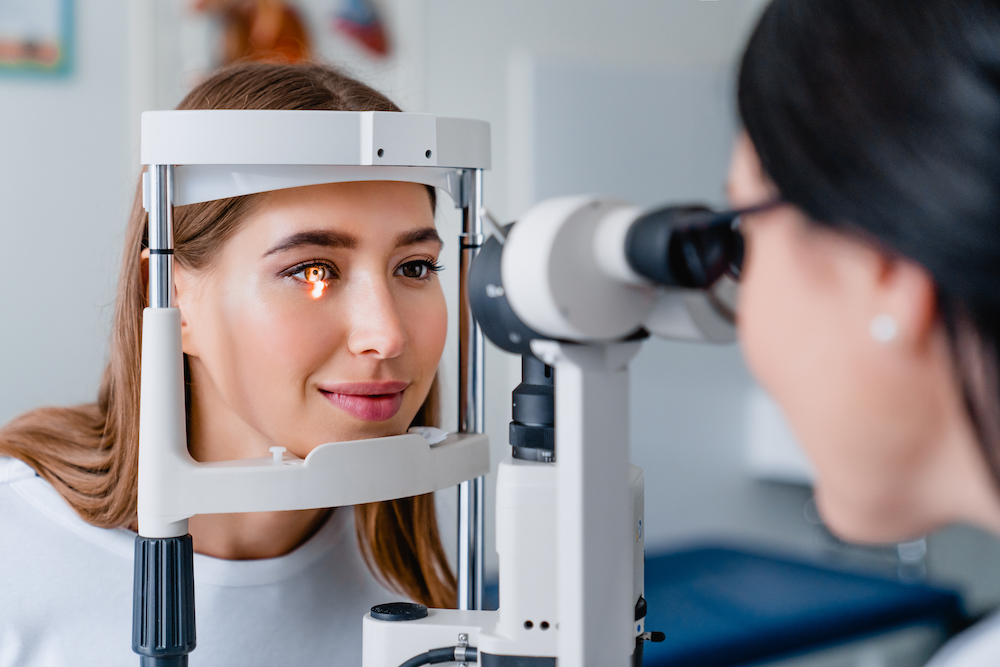
Diabetes is a common metabolic condition currently estimated to affect as many as one in ten American adults. Furthermore, one in three people suffer from pre-diabetes, meaning that they will almost certainly go on to develop the condition unless they make changes to their diet and lifestyle.
Diabetes is caused by your body’s inability to either produce enough insulin to properly control the amount of sugar in your blood or to use the insulin it makes effectively. A small number of patients may not produce any insulin at all. Without this control, blood sugar levels can become dangerously high and cause severe damage to your organs, including your eyes.
Diabetes and Eye Health: What’s The Connection?
The vascular system supplies oxygen and nutrients to all cells within the body, including your eyes. Your retina, which is the area of light-sensitive cells at the back of your eye responsible for detecting light and turning it into signals sent to the brain, is served by a complex network of blood vessels. However, persistently high blood sugar levels can cause damage to these important blood vessels, preventing them from supplying the retina with the oxygen and nutrients that it needs to stay healthy. Over time, these blood vessels can grow abnormally, and even leak fluid into the macula – which is an area within the retina responsible for central vision, fine detail, and color – causing scarring and permanently affecting the quality of your vision. When this happens, it is known as diabetic retinopathy.
What is Diabetic Retinopathy?
Diabetic retinopathy is a common complication of living with long-term diabetes, and most people with diabetes will be offered routine diabetic eye exams to monitor their vision and ensure that they aren’t affected. One of the main reasons for this is that it’s possible to develop diabetic retinopathy without realizing it.
The early stages of diabetic retinopathy don’t often cause any noticeable symptoms. However, you may start to notice that it becomes harder to see things that you used to be able to see with no issues. Diabetic retinopathy is a progressive condition and as it does, you may notice dark spots or streaks in your vision that look like cobwebs. These are caused by bleeding into the macula and may interrupt your vision. Diabetic retinopathy can also cause scars to develop in the back of the eye. This thickened scar tissue can put pressure onto the retina, pulling it away from the back of the eye. This is a complication called retinal detachment and is a serious condition that will cause permanent vision loss if not detected and treated urgently.
What Happens in a Diabetic Eye Exam and How Often Should You Have Them?
Diabetic eye exams are often part of a comprehensive eye exam; however, they can be done as a standalone appointment. Your eye doctor will use special drops to dilate your pupils. Using a special camera, they can then look through your eye and see the blood vessels at the back to assess how healthy they look. Any abnormalities can be a sign of diabetic retinopathy.
Some patients may also be asked to have a further test called a fluorescein angiogram. This is where a special dye is injected into your veins and passes naturally through the network of veins and blood vessels in your body and will show how healthy those serving your retina are and if they are leaking.
Annual diabetic eye exams are recommended for most patients with diabetes, but you should always follow the recommendations from your eye doctor.
For more information on diabetic eye exams visit Patterson Optometric Eyecare at our office in Burney, California. Call us at (530) 335-2233 to schedule an appointment today.








